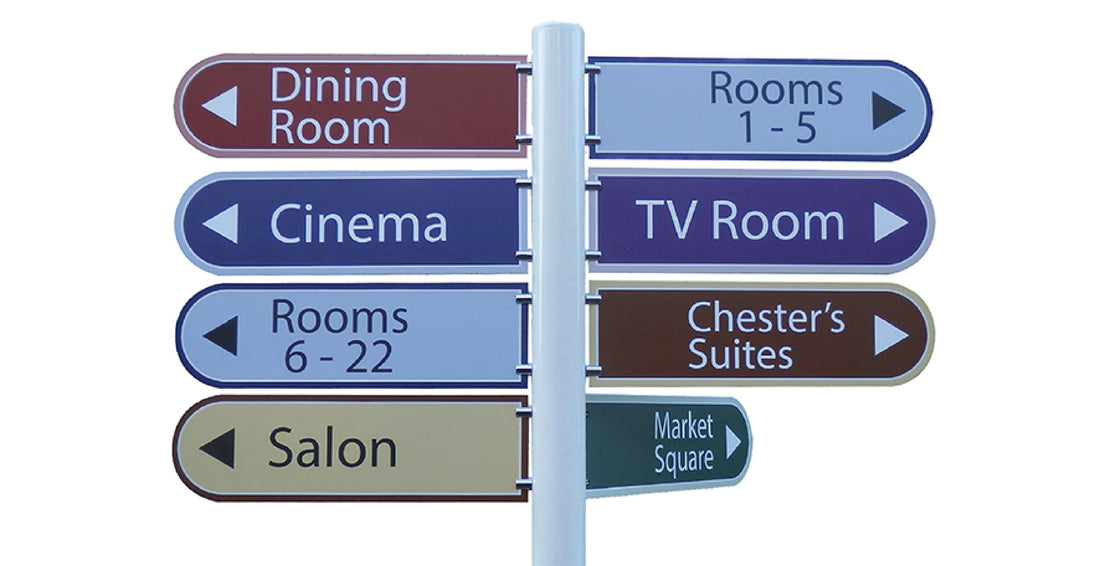
Residential Dementia Care - Creating a supportive and relevant environment.
Share
There’s a paradox about our immediate surroundings: they easily become invisible, if we let them.
The environment is omni-present with great influence over how we feel and behave. This means there’s lots of potential to use the environment for great benefit.
Responding to our environment at a basic level.
Who wants to spend time in a gloomy space that’s noisy and unattractive? But somewhere that’s warm, well-lit, comfortable and interesting will be inviting to most people.
Our desire to spend time somewhere is determined by our needs and the senses it appeals to.
A universal factor in our interaction with any environment, is how easily we can find our way around.
Anywhere we need to navigate needs ‘signs’. Street names and road traffic signs are an obvious example, as are directional signs in a hospital or shopping centre.
Directional ‘signs’ exist in other places too, such as software packages and websites. We describe good websites as ‘easy to navigate’, right?
A well-designed environment is appropriately lit, contains things we find attractive and interesting and is easily navigated.
If any of these factors are absent, you won’t want to spend time there. I don’t use Facebook because I find it difficult to navigate, making it an unpleasant environment for me.
With this in mind, it’s surprising what’s overlooked when providing an environment for dementia care where the need for an engaging, navigable environment is top priority. ‘Pretty’ just ain’t good enough and falling short directly affects the experience of living in the home.
An unsupportive environment directly impacts the behaviour and well-being of the people living in it. This uses up carers hours managing residents’ disorientation, lack of engagement and even fear of leaving their room, when everyone could all be engaged in more far more enjoyable activities.
There is a better way to ‘do’ environments.
The first step is to remember that people with dementia are still people, with dementia. They have interests, needs, freedom of choice, preferences, emotions, memories and rights to an enjoyable life.
Appropriate signage and landmarks for navigation and personalisation provide comfort and reassurance, supporting independence and making a place feel more like home.
When it comes to engagement and interest, the environment is all about content. There needs to be plenty of it (content, that is) and it must reflect the age and interests of the home’s population, as well as the locality too.
Effective use of these aspects of the environment is the domain of a specialist.
Signage is a particular specialisation when creating dementia-appropriate designs.
Our unique and growing collection of content rich, era-specific graphic displays (currently providing tangible benefits to residents with dementia in more than 70 care homes around the British Isles) fill the environment with colour and highly relevant images capable of releasing lots of memories and feelings. Which is why they’re so valuable as a distraction tool to calm agitation and divert a spiralling train of thought.
I urge everyone to take a fresh look at the potential the environment has to support residents and carers every day.
